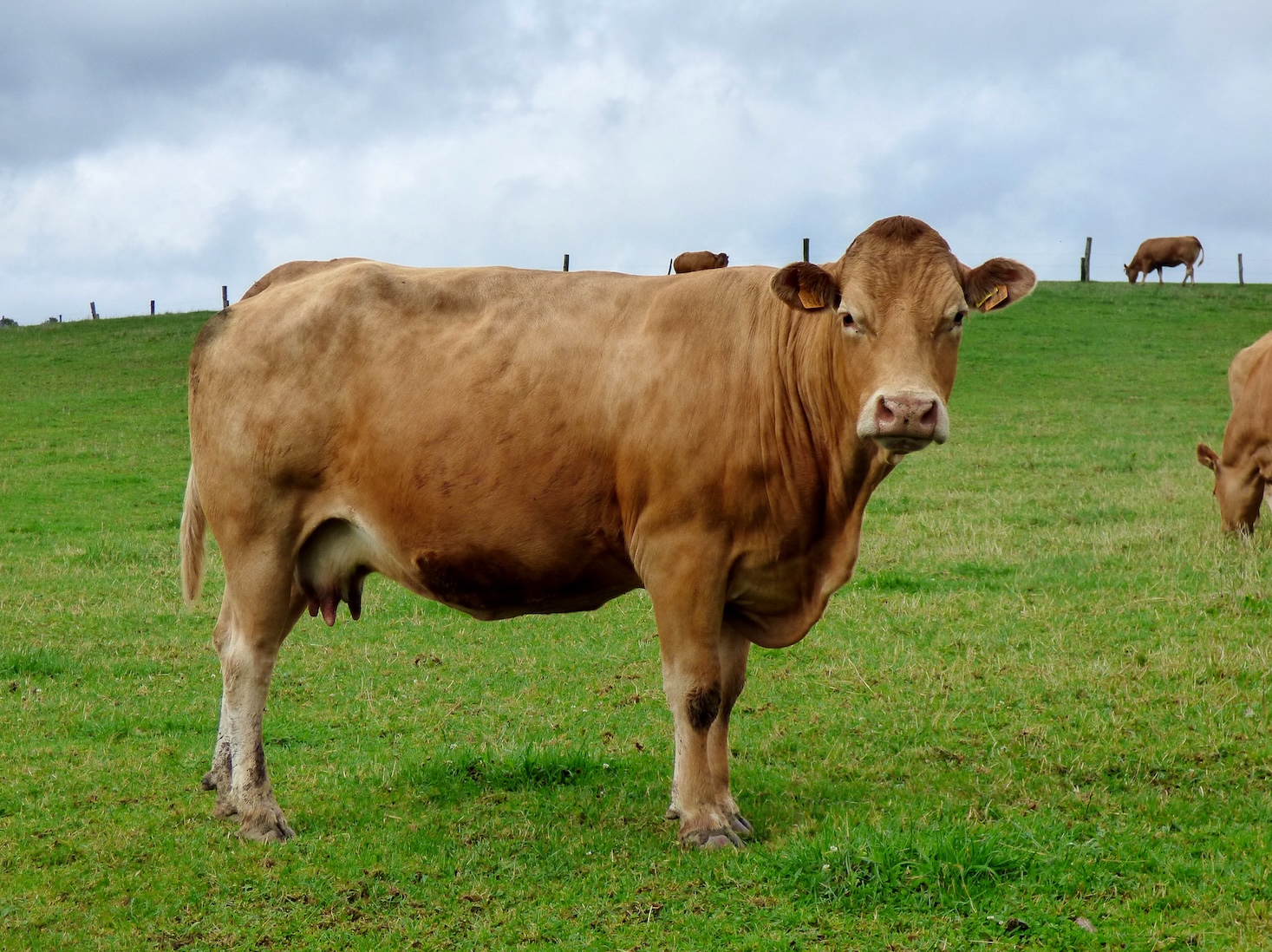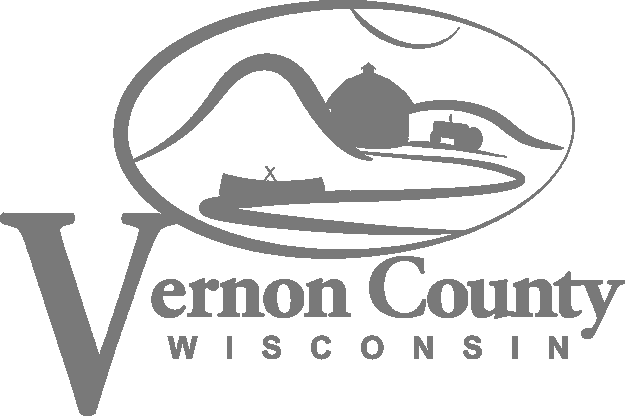Managed / Prescribed Grazing#

Definition
Preventing livestock from damaging natural waterways and eroding soil by carefully managing where and when they graze.
How it works: If livestock are not well managed, their hooves and grazing can damage vegetation, disturb the soil, and create erosion problems. All of these things make it more likely that water runs off of the pasture carrying sediment and pollutants like phosphorus and nitrogen. When livestock grazing damages the soil, it also makes water run off the landscape faster. All of these things create water quality problems, and also make flooding worse in rivers downstream. If you adopt and stick to a prescribed grazing plan for your livestock, you can do a lot for your neighbors downstream.
Benefits |
Drawbacks |
|---|---|
Effective way to slow erosion |
Requires careful planning |
Improves soil health |
Requires herd management infrastructure: fences, etc |
Enhances water quality |
Infrastructure requires maintenance |
Improves quality and quantity of forage |
Get help
Planning out how you are going to manage and prescribe the grazing of your herd requires you to sit down and really plan it out in advance. It can be a big task just to take that first step, but once you’ve set your plan, keeping it going is a breeze. Your soil and water conservation office is here to help. Contact us to get yourself over that first hurdle!
608-637-5480
